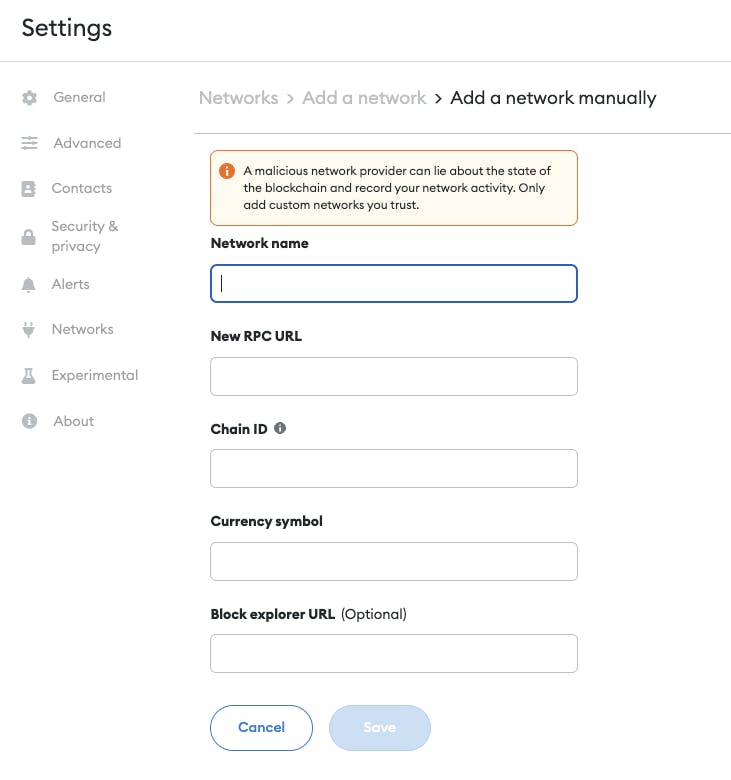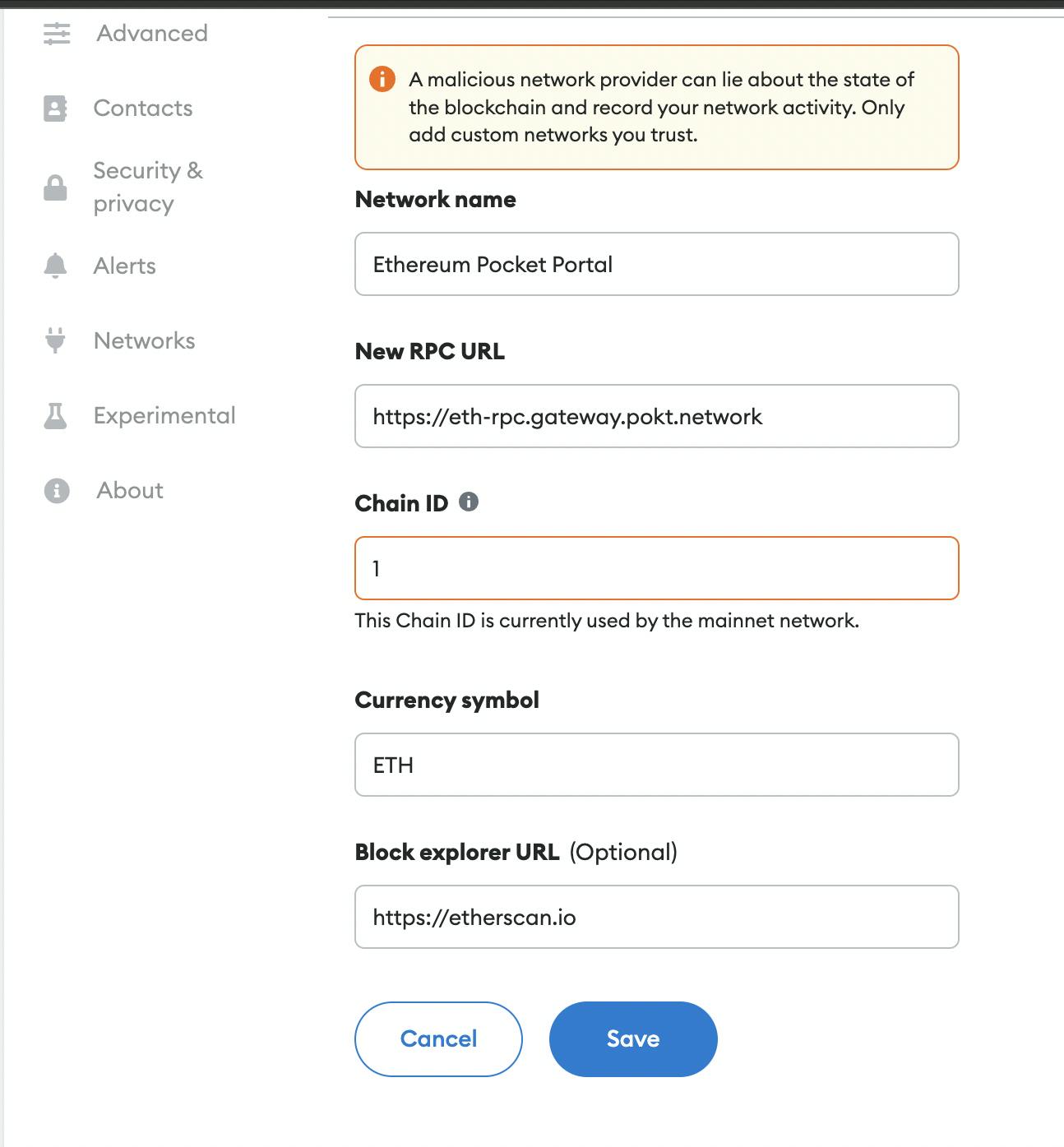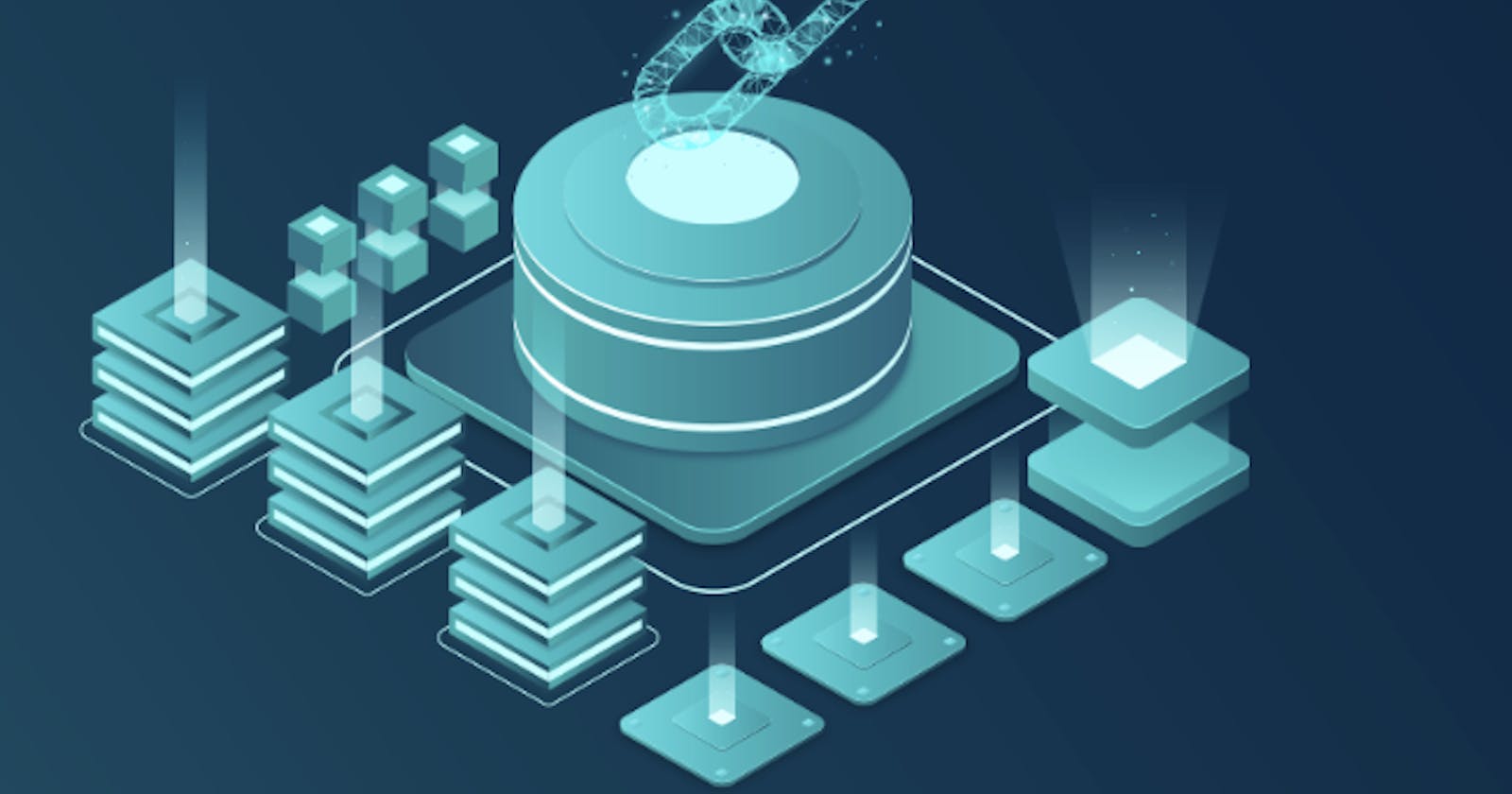Is everything decentralized in web3?
When you think of web3 we think of decentralization right? Well, that is not always the case. We have currently some centralized components that are part of the Infrastructure layer. We as users rely on them pretty heavily. This area is really critical because so many users who are just entering into Web3 and are building products have become custom to using some such tools as Infura. Infura is the main adopters for new people entering into the web3 space since when you google the components needed to create a Dapp, there will be content and tutorials using the resources that I named above. The user that is first starting to learn about this space most likely does not know that these tools mentioned above are not decentralized. This space is growing rapidly and users and builders are looking to find alternatives to the centralized problem. As you continue to read you will find that we do have a solution.
What is Infura?
Infura was created by a blockchain Software company by the name of Consensys. Infura was created to make the lives of developers easier. This made a quick, easy, and reliable path to the Ethereum Network. Developers did not have to build and maintain their own node when they would like to launch a Dapp on Ethereum. Instead, they had an option to use node-as-a-service. This allows builders and users to scale quickly. Now, having this service from Infura allows users to focus on building and creating. This is really great if you are not thinking about the key component of Web3 which is decentralization.
Why would you want to be decentralized?
The reason you would want decentralization is let's say that service you are using the power goes down and a power outage occurs. This means that the data that you are receiving from that node provider is now compromised. An example of this is what happened with the Infura outage earlier this year. Infura reached out on Twitter stating if you are having any issues with metamask it is due to the outage that they were currently working on. The data from Ethereum nodes showed that several other nodes were affected such as Moralis and AVADO according to this article Link. Issues like this could be avoided by using a decentralized alternative.
Infura and Metamask Centralized
When users and builders rely on a single entity to provide node services, this can cause problems such as outages. If something goes wrong with Infura then something goes wrong with all of the Dapps that are connected to the node. In addition, when you connect to your Metamask wallet you are connecting to RPC nodes that are centralized. Do not worry. I will walk you through step by step in configuring your Metamask to a decentralized node.
What are RPC Nodes
Since Dapps consistently need information from the blockchain such as transactions, block data, and state. Nodes provide this by Remote Procedure Calls(RPC) and this connects Dapps to blockchains. This is a way for users to easily get access to the data on the blockchain.
What is RPC exactly? Well, it is a lightweight software communication protocol that allows a program(a client) to communicate with a remote program(a server) hosted on a different network, and no details about the server's network are needed.
Let's define what an RPC node is. This is a computer running blockchain client software. You can have a server that runs different layers such as an execution layer and consensus layer for a particular blockchain. As you can see providing a node as a service is pretty powerful and well-needed.
What is a solution to the problem?
A solution for this problem is to route your node services to a decentralized node provider. I recently discovered a web3 infrastructure that is decentralized named POKT. You can check out the website at this link here. But let me briefly describe to you what this service is about. POKT allows you to connect to a service provider that has thousands of full nodes instead of a single service. This takes the risk away from power outages.
What is POKT(Pocket)
Pocket is the TCP/IP of web3 infrastructure. What is TCP/IP? It stands for Transmission Control Protocol/Internet Protocol. To learn more about TCP/IP check out this link. This makes Pocket a multi-chain relay protocol that uses an incentive model structure for running an RPC node that provides DApps and users access to web3 infrastructure. You can read more about Pocket by checking out the site Link. If you like what you read on their website, keep reading the article because next, I am going to walk you through the steps of turning metamask centralized into decentralized infrastructure.
Steps to connect Metamask to POKT
In order to add POKT to metamask manually follow these steps below:
In metamask click the Icon in the far right corner, scroll down to settings and click the networks tab. Once you are on the networks tab click add network.
You should see this

In the network name field enter this information Ethereum Pocket Portal In the new RPC field enter this
https://eth-rpc.gateway.pokt.network
In the chainId field enter this
1
For the symbol type ETH. The block URL is this
https://etherscan.io
Here is a picture of what you should be seeing on your screen.

Now you are running a decentralized node.
Conclusion
I hope that this was helpful in understanding the difference between centralized infrastructure and decentralized infrastructure. I know once I learned about the difference it opened up my eyes to a detail that I did not pay much attention to. I think that having a decentralized infrastructure is better for the user's overall experience and the Dapps that are created using it, it just ensures that everything is spread out instead of being in one central location. I hope that this was helpful.
For further information check out the resources section below.
Resources used:
coinmarketcap.com/alexandria/article/a-deep..
